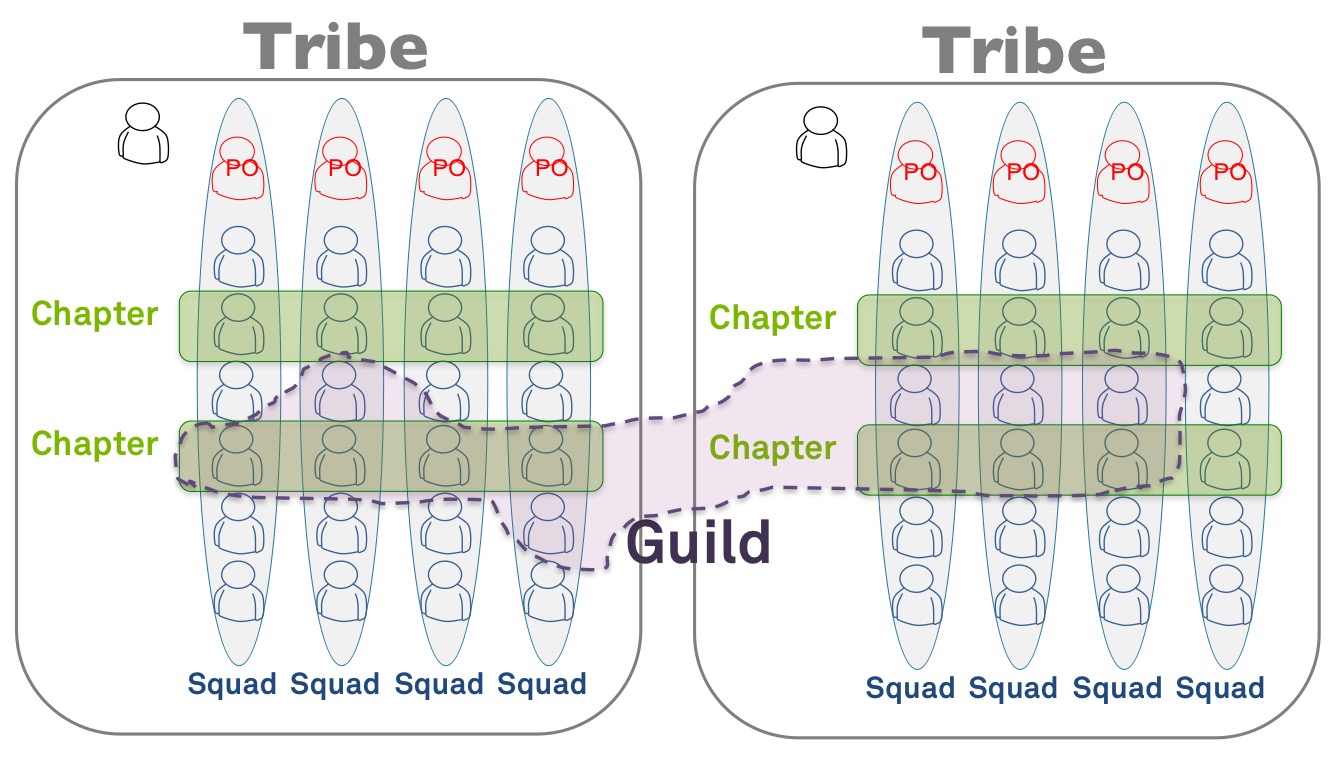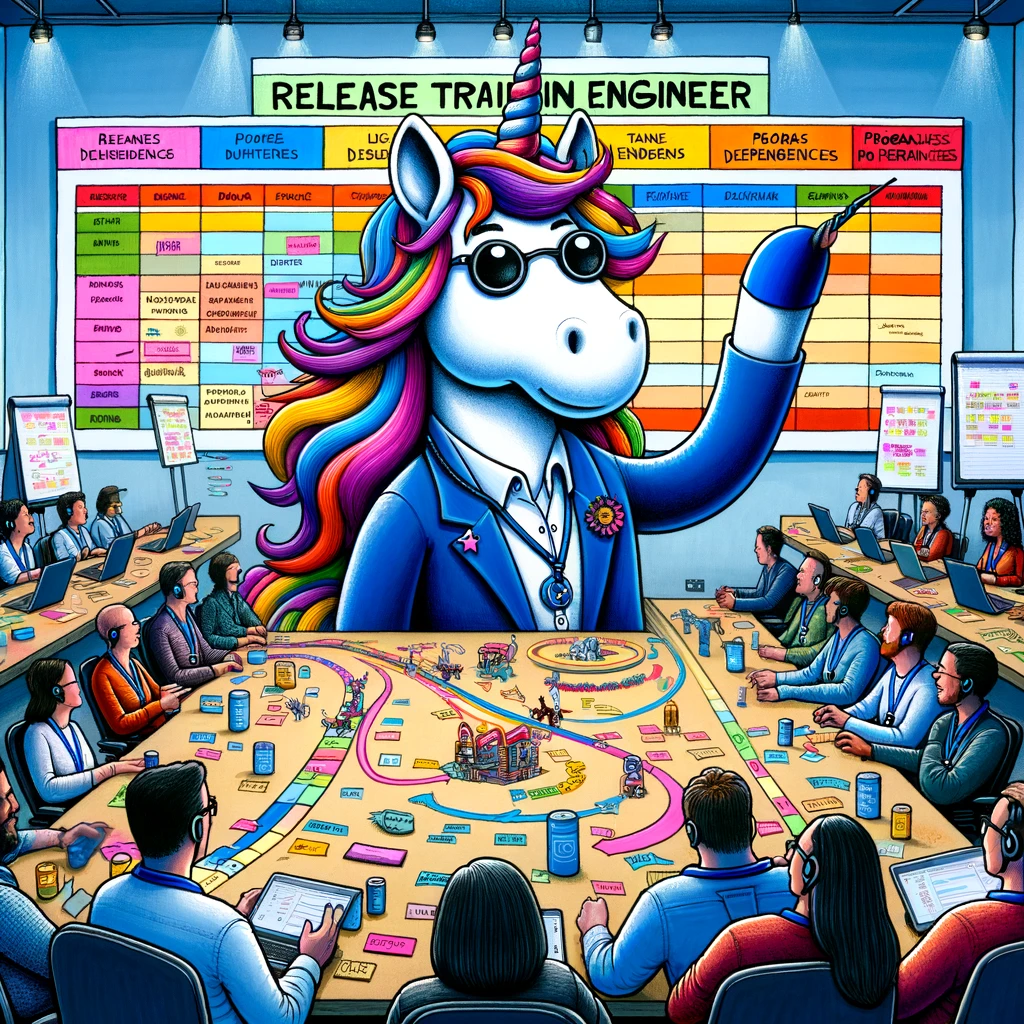- AI-Native Training
- SAFe Training
- Choose a Course
- Public Training Schedule
- SAFe Certifications
- Leading SAFe
- Implementing SAFe
- Advanced SAFe Practice Consultant
- Leading SAFe for Government
- SAFe Lean Portfolio Management
- SAFe Release Train Engineer
- SAFe for Hardware
- SAFe for Architects
- Agile Product Management
- SAFe Scrum Master
- Advanced Scrum Master
- SAFe DevOps
- SAFe Product Owner/Product Manager
- SAFe Agile Software Engineering
- SAFe for Teams
- SAFe Micro-credentials
- Agile HR Training
Is the future of SAFe Training Online?
Recently I was pondering if the future of SAFe would be remote? My hypothesis was that the global “work from home” regime introduced by various Governments as a response to COVID-19 may well continue once the pandemic has passed. Which raises the question what does that mean for Agile Release Trains? It also raises questions for me about the future of SAFe training; will we ever return to the classroom to deliver SAFe classes? In the short term I suspect the answer is no. Well at least for those in the land down under, I see no reprieve on the horizon as long as physical distancing is a requirement.
Why does physical distancing impact the delivery of in person SAFe Training?
If you have never attended SAFe training before this might be a little puzzling for you, so let me paint you a picture of how in-person SAFe classes work.
Participants sit on shared tables of 4 to 6 people, share post it-notes and sharpies while collaborating on classroom exercises huddled around flipcharts. None of this lends itself to keeping 1.5 meters (or ~5ft for my US friends) between participants! Then you add the complications of getting to a class while physical distancing on public transport.
Won't I be disadvantaged if I have to attend a virtual/remote class?
Surprisingly, this has not been our experience at all! We moved all our classes online during March and we have now delivered all the the core SAFe classes (Implementing SAFe, Leading SAFe, SAFe Scrum Master and SAFe Product Owner/Product Manager) online and some non-core classes such as SAFe DevOps, too. In our internal reflections on the experience we have begun to ponder if the online classes are actually superior to the in person classes.
We see one significant advantage that virtual/remote classes have over in person classes and it was the most surprising! It is easier for participants to collaborate online than in person! Rather than a group of 5 or 6 people trying to crowd around a flip chart and then trying to decipher each other's handwriting, tools such as Mural provide all participants visibility of the workspace (virtual flip chart) and typed rather than handwritten stickies are much easier to read!

Another happy side effect of the virtual classroom is the ability to bring a geographically diverse group together. We have had folks from all over Australia, plus New Zealand, Singapore, Malaysia, India, the United States and Canada register for our remote/online SAFe classes. Our clients hosting private clients have also found this beneficial allowing them to virtually bring together folks across various locations. We even have one client that will now be able to include their offshore provider in classes and subsequently have them more integrated in their ART.
There is also a reality for many of us that for the foreseeable future the way we will be working with SAFe will be online. Attending a remote SAFe class not only gives you the opportunity to learn about SAFe but also the opportunity to experience SAFe events and practices in the virtual world.
What about the social/networking aspect of in person training? Won’t I miss out on that?
Again, this has not been our experience. We set up Slack workspaces for all our classes and leave these open post the class so folks can continue to collaborate. We are deliberate in how we set up class activities, so that people get to interact with different people over the course of the class. We also leave the Zoom call open through all breaks so folks can chat.
So is the future of SAFe training online?
Well it certainly could be! This morning Scaled Agile Inc. shared that the Scaled Agile Partners will be able to continue to deliver remote public SAFe training. Given our experience with live online classes we see this as a huge win. It will be interesting to see what happens once more people return to working in the office. Will there be a move to “hybrid classes” where some folks are in a physical classroom and others are online? I hope not. As is the case with working from home, the key to a successful class is ensuring an even-playing-field. Having part of the class gather in a classroom while others are online won't be a good experience for anyone!
At the very least we know that if we keep SAFe training remote we can be sure to #StaySAFe.
















